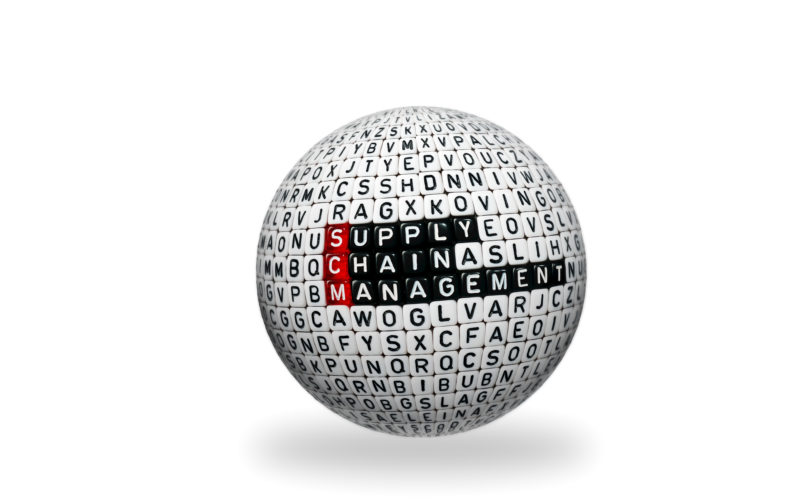As of December 31 last year, the IAEA reported that 53 nuclear power reactors were under construction, with 28 countries considering, planning, or actively working to include it in their energy mix. During this period, four nuclear newcomer countries, that is countries investing in and introducing nuclear power for the first time include Bangladesh, Belarus, Turkey and the United Arab Emirates.
The World Nuclear Association (WNA), the international organisation based in London that represents the global nuclear industry and imbued with a mission to promote a wider understanding of nuclear energy among key international influencers by producing authoritative information, developing common industry positions, and contributing to the energy debate, as well as to pave the way for expanding nuclear business, reported of specific plans for another 109 power reactors and that nuclear power worldwide generates sales revenues worth around US$300 billion (RM1.25 trillion) a year for electricity utilities.
The World Nuclear Supply Chain: Outlook 2040 launched by the WNA
The global nuclear supply chain, over the next two decades from 2020 to 2040, will need a capital expenditure of US$972 billion under a reference scenario and US$1.68 trillion under its upper scenario, with US$288 billion expected for international procurement of equipment. International projects could amount to US$475 billion and US$870 billion in the reference and upper scenarios, respectively.
This was spotlighted in the recently launched World Nuclear Supply Chain: Outlook 2040 Report, which provides a market-oriented review of the opportunities and challenges for nuclear power plants and their supply chain, including scenarios for the evolution of nuclear energy over the next two decades. The report is prepared by the WNA’s supply chain working group, chaired by Laurent-Olivier Coudeyre of EDF.
In its biennial Fuel Report, WNA presents lower, reference and upper scenarios covering a range of possibilities for nuclear power, taking into consideration plans of countries with interest to invest in nuclear power.
In the reference scenario between 2019 and 2040, 321 new reactors are expected to come online, with 82 projected to be built in Organisation for Economic Cooperation and Development (OECD) countries, 134 in China, 25 in Eastern Europe and Central Asia, and 42 in India while in the upper scenario some 467 new reactors are to be completed by 2040, with 114 in the OECD, 207 in China, 33 in Eastern Europe and Central Asia and 50 in India.
During the report launch late last month, Greg Kaser, the WNA’s working group’s nuclear supply chain staff director highlighted that the report aims to not just map the supply chain, but also to explain trends in the industry.
The fourth edition of the report – first published in 2012 – analyses the economic value of the nuclear power industry and provides a market-oriented review of the opportunities and challenges for nuclear power plants and their supply chain over the next two decades, including scenarios for the evolution of nuclear energy over the next two decades.
The World Nuclear News highlighted that information on 400 major independent suppliers of nuclear grade structures, systems, components and services is presented. The report offers an up-to-date picture of ongoing and planned nuclear power plant construction, major refurbishment, decommissioning and waste management projects. The potential opportunities for small modular reactors are analysed.
Kaser also said that under the reference scenario, revenues from operating nuclear plants are expected to grow at 2% per year over the next two decades, reaching some US$460 billion by 2040, with 68% of growth occurring in emerging industrial economies, including China while ongoing new construction is valued at about US$220 billion worldwide, of which some US$6-10 billion per year is international procurement for goods and services.
This is between one-fifth and one-quarter of the total value of all projects.
The report outlined that for refurbishment of existing reactors to enable long-term operation capital expenditure is estimated between US$50 billion and US$100 billion to 2040, and this could amount to around US$4 billion a year of international procurement while dismantling reactors that have been commissioned the capital expenditure is projected to amount to US$150 billion to 2040.
Although we are now nearly a decade after Fukushima, it is evident from this report there is still interest and plans to invest in nuclear power – primarily fuelled by factors including enhancing energy security and very urgently mitigating climate change.
One of the panellists invited for this launch, Elina Teplinsky, a partner of US firm Pillsbury Winthrop Shaw Pittman, had shared that for the existing nuclear supply chain, with her experience and from her unique perspective as a law firm partner, there were many mergers and acquisitions in nuclear, including purchase of Westinghouse.
During the bidding process, there were quite a number of bids, including from new investors such as private equity and-non traditional investors.
Recommendations for Malaysia
In view of Malaysian companies success in exporting high quality goods and services internationally, the Malaysian government, through the International Trade and Industry Ministry, Malaysian Investment Development Authority and other relevant agencies, could initiate to offer funding for Malaysian companies to attend the Nuclear Suppliers Expo and Exhibitions to gain insights on products and services required and then develop strategy for our local companies to integrate into the global nuclear supply chain to expand market and business opportunities for Malaysian companies as well as to contribute to increasing economic growth for Malaysia from new industry sectors. – October 5, 2020.
https://www.themalaysianinsight.com/s/276649
Monday, October 5, 2020




